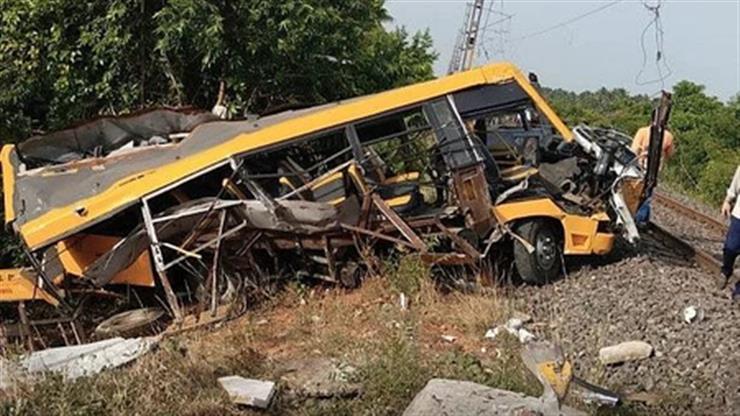Cuddalore Train Accident: Causes and Consequences

Introduction
The Cuddalore train accident, which occurred on October 15, 2023, raised significant concerns regarding railway safety standards and infrastructure in India. As a vital transportation hub, the implications of such an incident impact not just local residents but also national transport networks. Various stakeholders, including government authorities and civil society, are now calling for a thorough investigation and reform in railway safety protocols.
Details of the Incident
The tragic accident happened when a passenger train collided with a stationary freight train near the Cuddalore junction in Tamil Nadu. Eyewitness reports indicate that the passenger train reportedly failed to heed signals indicating the presence of the freight train, resulting in the collision that injured over 60 passengers and claimed the lives of at least 5 individuals according to latest reports from SNCF (Sustainable National Coaster Federation).
Rescue operations were launched promptly, with local authorities and National Disaster Response Force (NDRF) teams arriving on the scene to assist in evacuating passengers and providing medical aid. Hospitals in Cuddalore were put on high alert to accommodate the influx of injured passengers, many of whom sustained severe injuries requiring immediate treatment.
Investigations Underway
In the aftermath of the accident, the Indian Railways has initiated an inquiry to determine the exact causes leading to the collision. Preliminary investigations point towards a failure in the signaling system, but comprehensive reviews involving technology assessments and employee statements are underway. Experts believe that this incident may lead to scrutiny over the adequacy of current railway monitoring systems.
Reactions and Safety Measures
The incident has sparked outrage among the public and advocacy groups, prompting demands for heightened railway safety measures. Railway Minister Ashwini Vaishnaw expressed condolences to the families affected and assured that the government would implement stricter safety protocols to prevent future accidents. Furthermore, calls for reviewing the existing rail infrastructure and maintenance schedules have gained renewed momentum.
Conclusion
The Cuddalore train accident serves as a grim reminder of the pressing need for enhanced safety standards within India’s railway framework. As investigations continue and the impact of this tragedy weighs heavily on the community, it is imperative for the government to take actionable steps to ensure railway safety. The future of rail travel hinges not just on efficiency and speed but on the safety and security of passengers, making systemic improvements vital for restoring public trust in the railway system.









